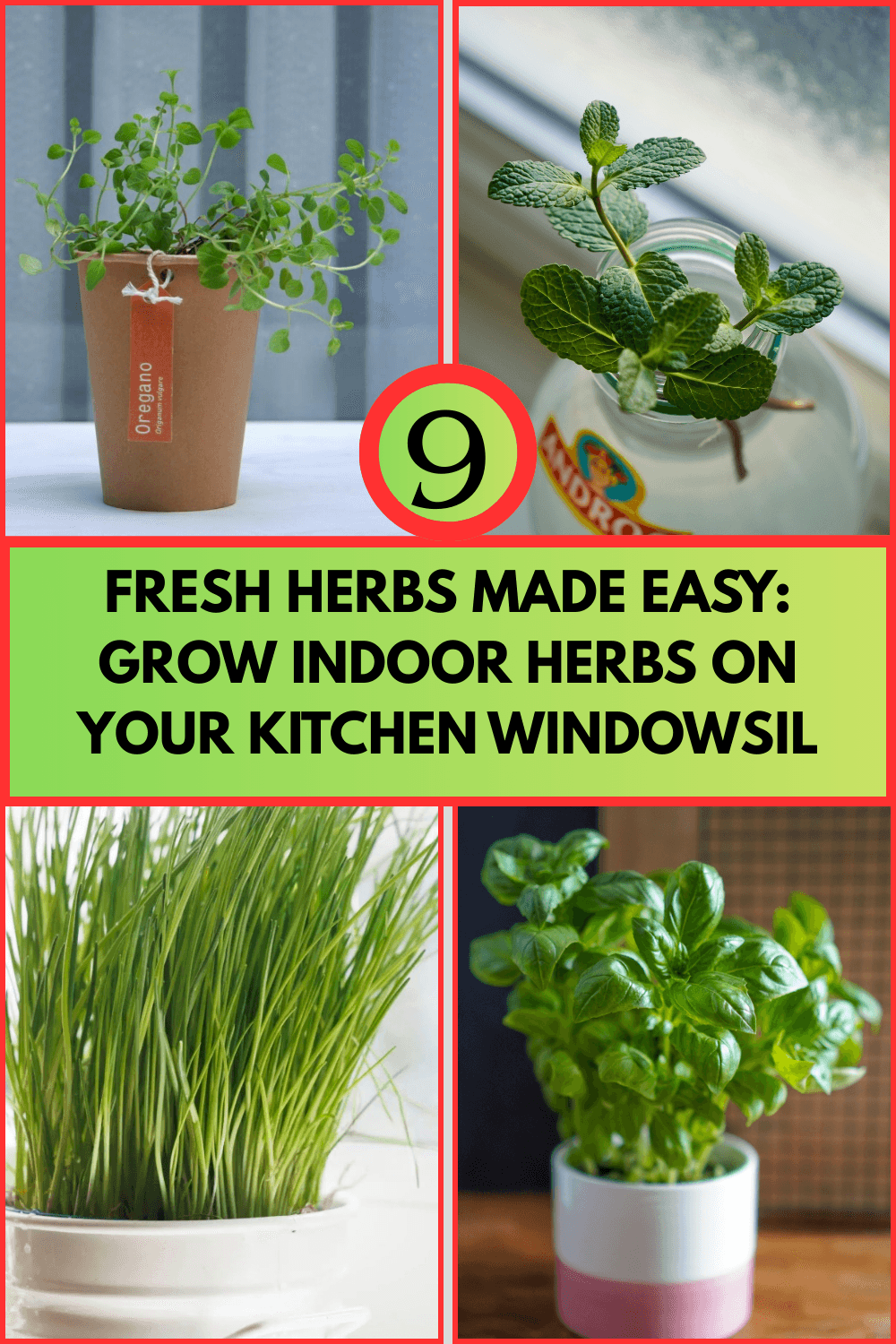Find the top easy-to-grow indoor herbs for kitchen windowsill so gardeners can enjoy them throughout the year. Discover how to plant basil, mint, parsley, rosemary, and more with these effortless care tips, sun tricks, and harvesting hacks. Great for beginners who want fresh flavor at home.
Introduction
There’s something truly magical about fresh herbs, with the way they can liven up a meal. They provide scent, color, and flavor that dried herbs cannot rival. But a big garden is something many believe is necessary for growing herbs. There’s no fresher way to grow herbs than on your own kitchen windowsill.
With a few of the right plants and some care, you can savor that homegrown taste from your windowsill. This guide lists the best easy to grow indoor herbs for kitchen windowsill , and includes ways to ensure they flourish all year.
Why Choose Easy-to-Grow Indoor Herbs for Kitchen Windowsill
Growing herbs indoors has many benefits:
- Fresh flavor anytime – Cut leaves whenever you cook.
- Save money – No need to buy bunches of herbs that wilt in days.
- Cleaner air – Indoor plants naturally improve air quality.
- Decoration – A green windowsill makes your kitchen look cozy and inviting.
Tip: If you’re new to gardening, start with 2–3 herbs and add more once you feel confident.
Light Needs for Easy-to-Grow Indoor Herbs for Kitchen Windowsill
Most herbs love sunlight. A south-facing kitchen window is the best place to grow them. If your window doesn’t get much sun, you can still succeed with a grow light. Herbs need at least 6 hours of direct sunlight daily to stay strong and flavorful.
Tip: Rotate pots once a week so all sides of the plant get equal light.
Basil – The Classic Easy-to-Grow Indoor Herb
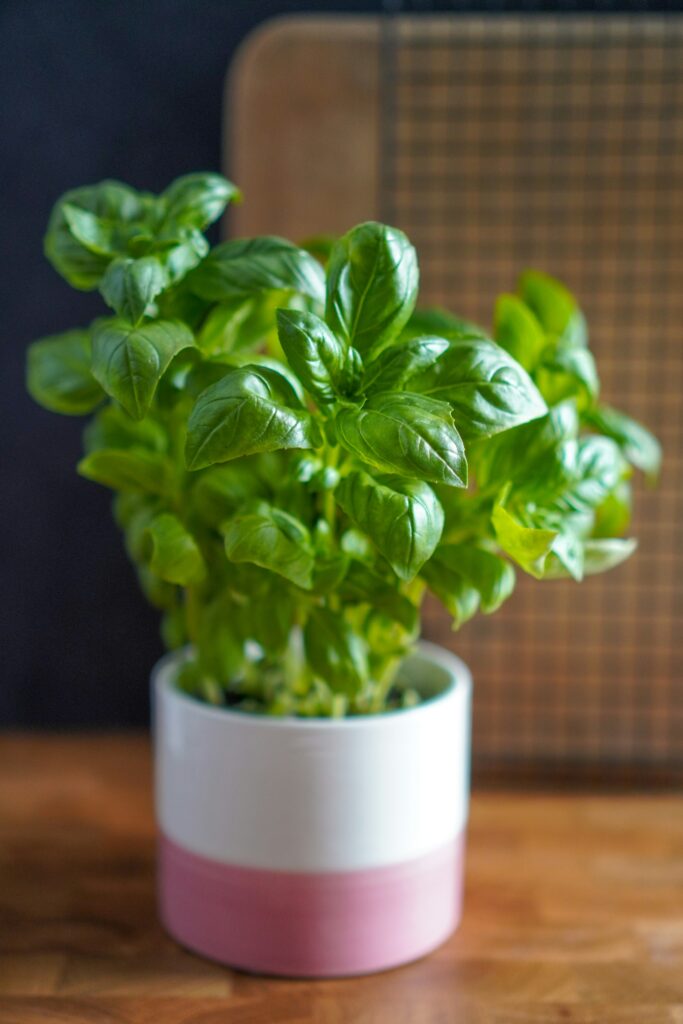
Basil is a must-have for pasta, pizza, and salads. It grows quickly indoors as long as it gets warmth and light. Basil also boosts your mood with its fresh scent.
- Needs 6+ hours of sunlight
- Likes moist but well-drained soil
- Grows best in warm temperatures
Tip: Pinch off the top leaves regularly to keep basil from getting tall and leggy.
Mint – A Refreshing and Hardy Indoor Herb
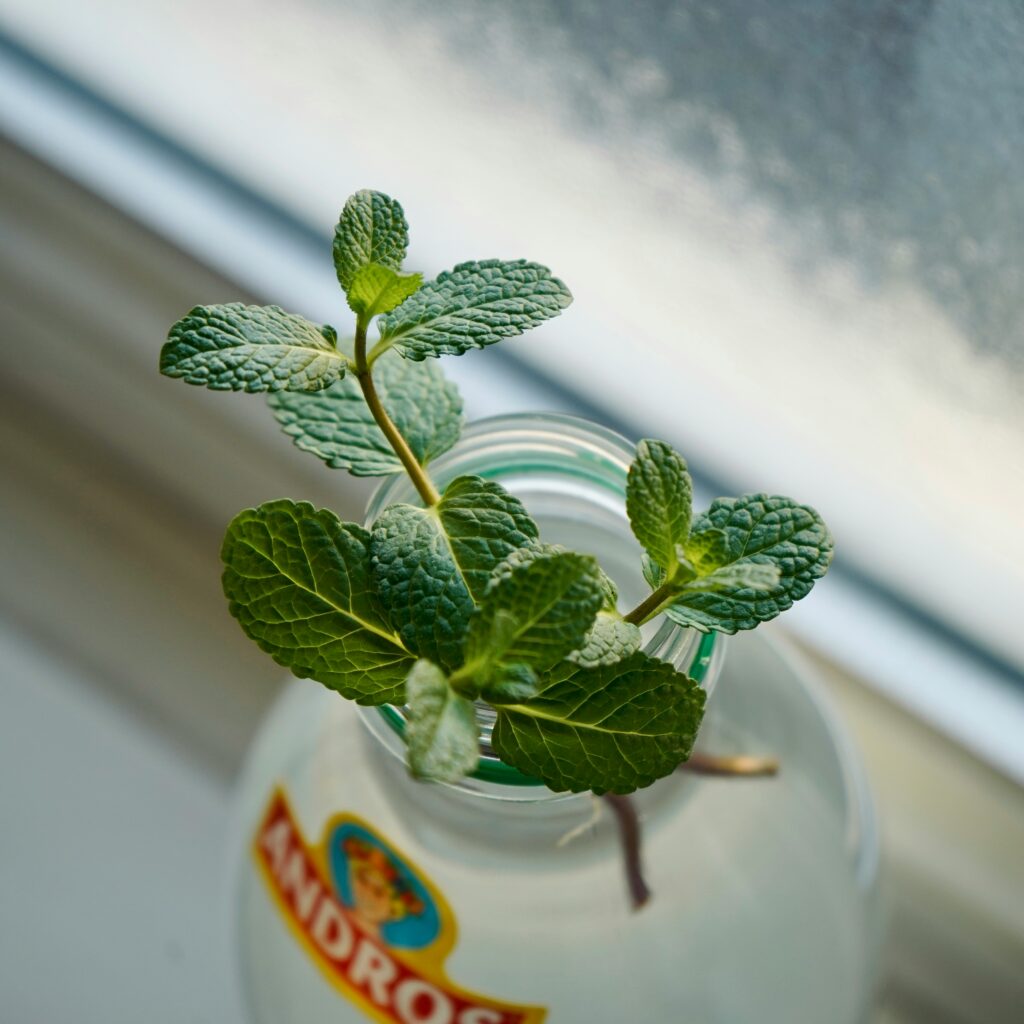
Mint is one of the easiest herbs to grow indoors. Its cool taste works well in teas, desserts, and even savory dishes. Mint spreads quickly, so it’s best kept in its own pot.
- Thrives in moderate sunlight
- Loves consistently moist soil
- Can grow year-round indoors
Tip: Cut mint often to encourage fresh, tender leaves instead of woody stems.
Parsley – A Nutritious Indoor Herbs for kitchen windowsill
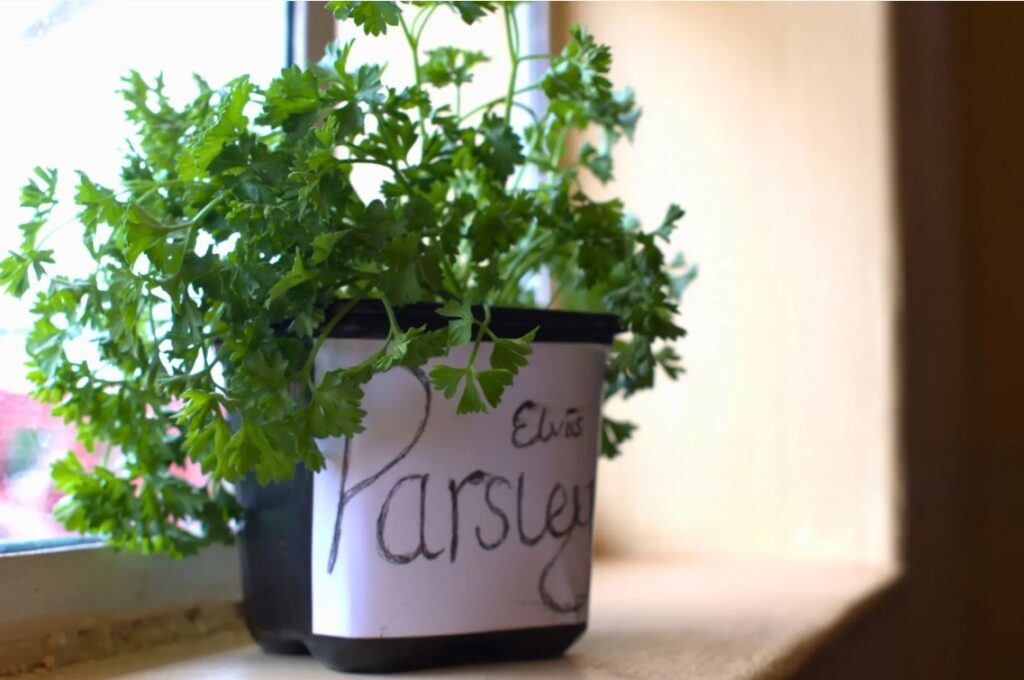
Parsley is packed with vitamins and minerals. It’s commonly used as a garnish, but it also adds flavor to soups, salads, and sauces. Parsley grows slowly at first, but lasts for months once established.
- Needs deep pots for strong roots
- Prefers bright light but tolerates partial shade
- Grows well in cooler indoor conditions
Tip: Always harvest outer stems first so the center can continue growing.
Chives – A Simple and Reliable Indoor Herb
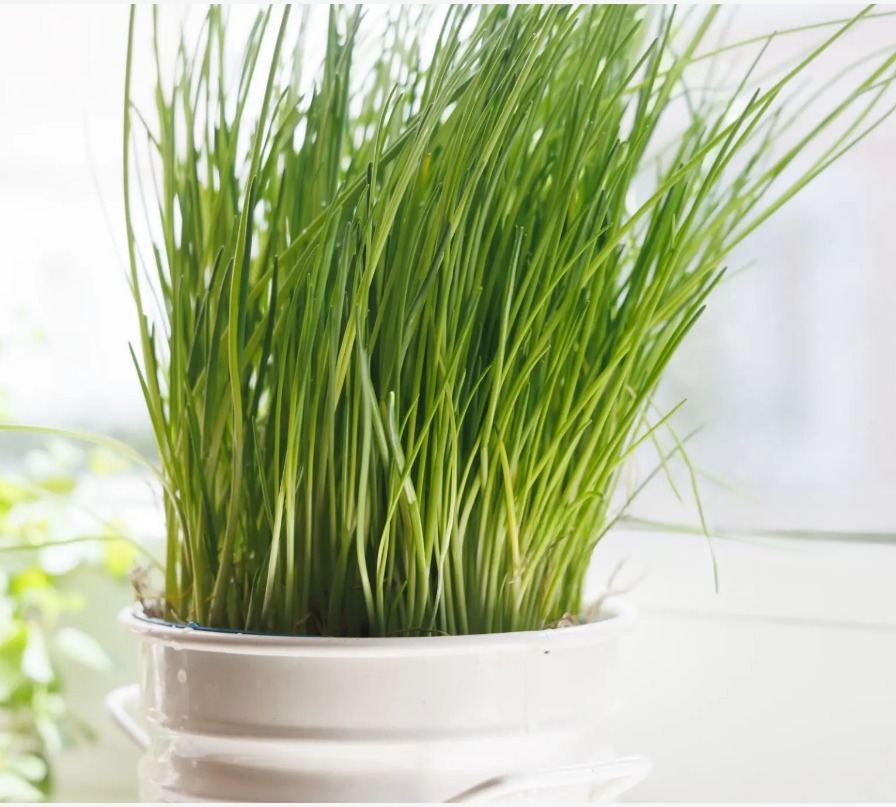
Chives are perfect for beginners. They taste like mild onions and add freshness to eggs, soups, and baked potatoes. The best part? Chives keep growing back after every cut.
- Do well in sunny windowsills
- Need regular watering, but not soggy soil
- Can be trimmed every few weeks
Tip: Snip them down to 2 inches above the soil for quick regrowth.
Rosemary – A Long-Lived Easy-to-Grow Indoor Herb
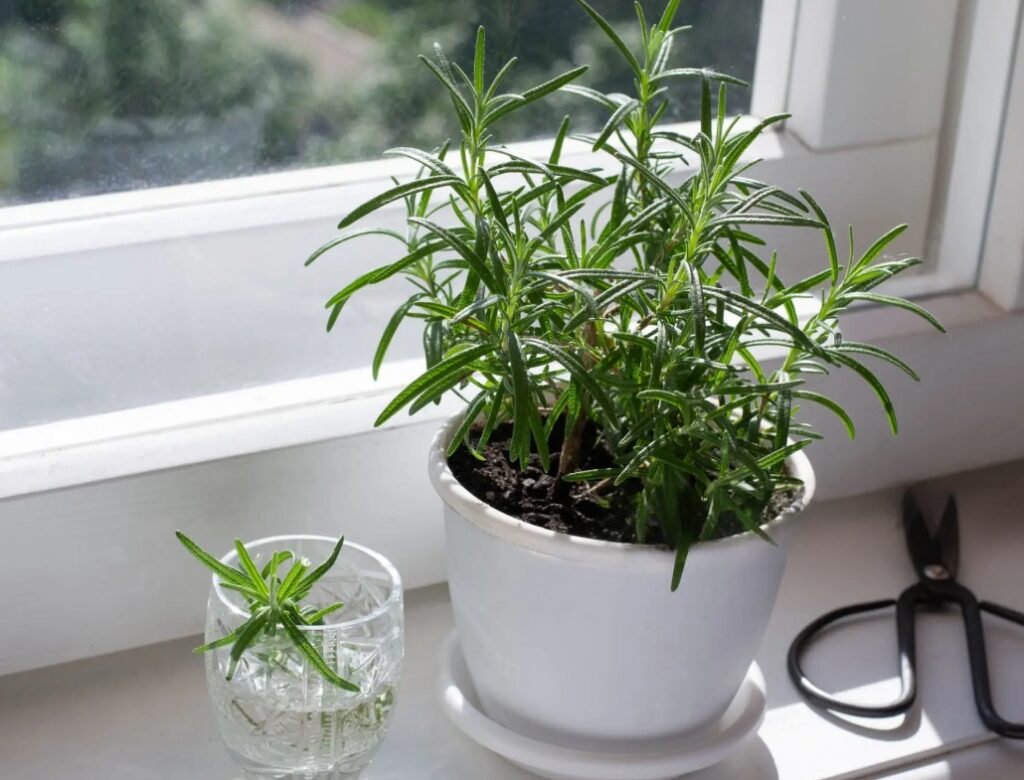
Rosemary is a woody herb with a strong aroma. It adds depth to roasted meats, bread, and potatoes. With proper care, rosemary can live for years indoors.
- Needs 6–8 hours of sunlight
- Prefers dry, well-drained soil
- It can grow into a small indoor shrub
Tip: Let the top of the soil dry before watering to prevent root rot.
Thyme – A Hardy and Fragrant Indoor Herb
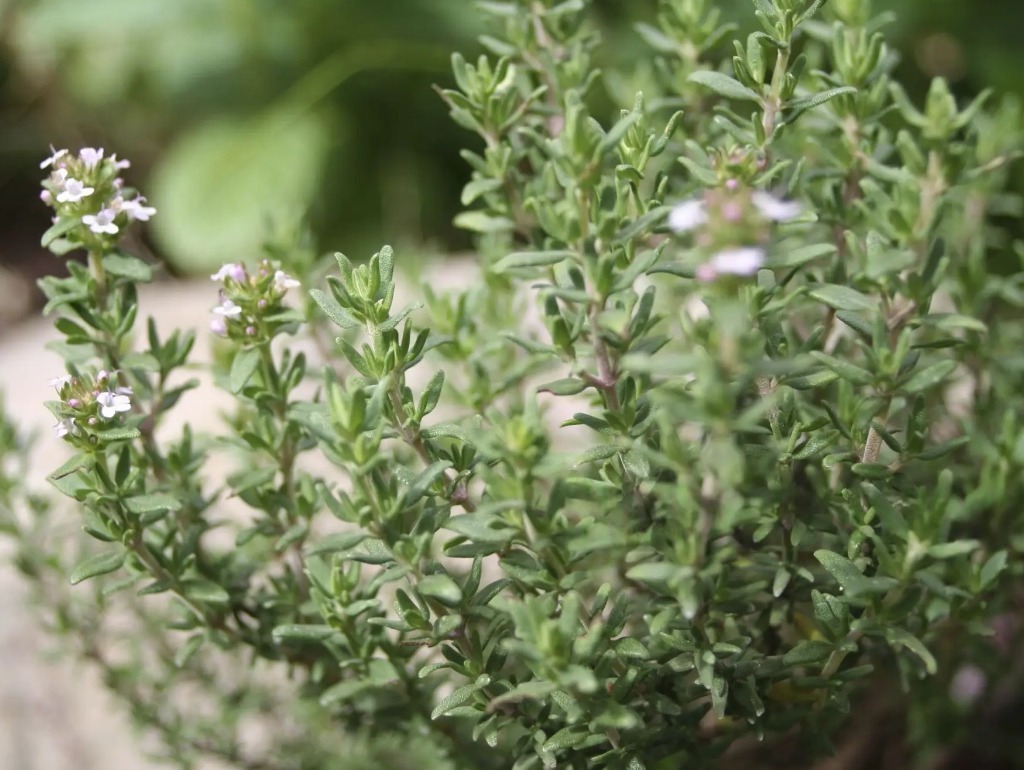
Thyme is small but full of flavor. It’s excellent for soups, roasted vegetables, and chicken dishes. Thyme is drought-tolerant, making it one of the easiest herbs to care for indoors.
- Loves bright light
- Requires little water
- Can spread nicely in shallow pots
Tip: Clip stems often to keep thyme compact and bushy.
Oregano – A Bold and Easy-to-Grow Indoor Herb
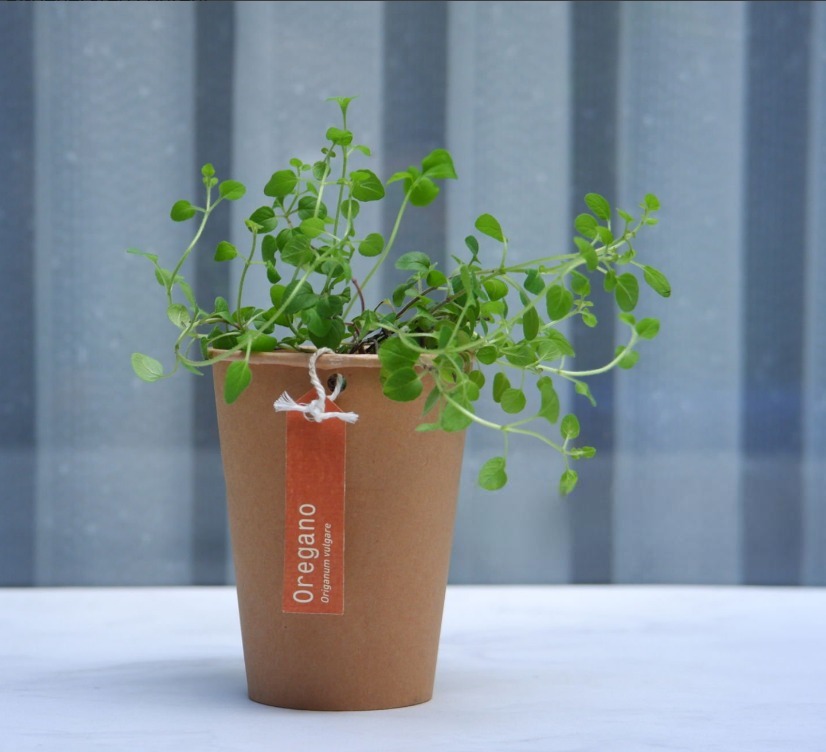
Oregano is a favorite in Italian and Greek cooking. It thrives indoors with enough sunlight and has a strong, peppery flavor.
- Prefers a sunny window
- Needs less water once established
- Keeps producing for months with proper care
Tip: Pick leaves before the plant flowers for the richest taste.
Cilantro – A Fast-Growing Indoor Herb
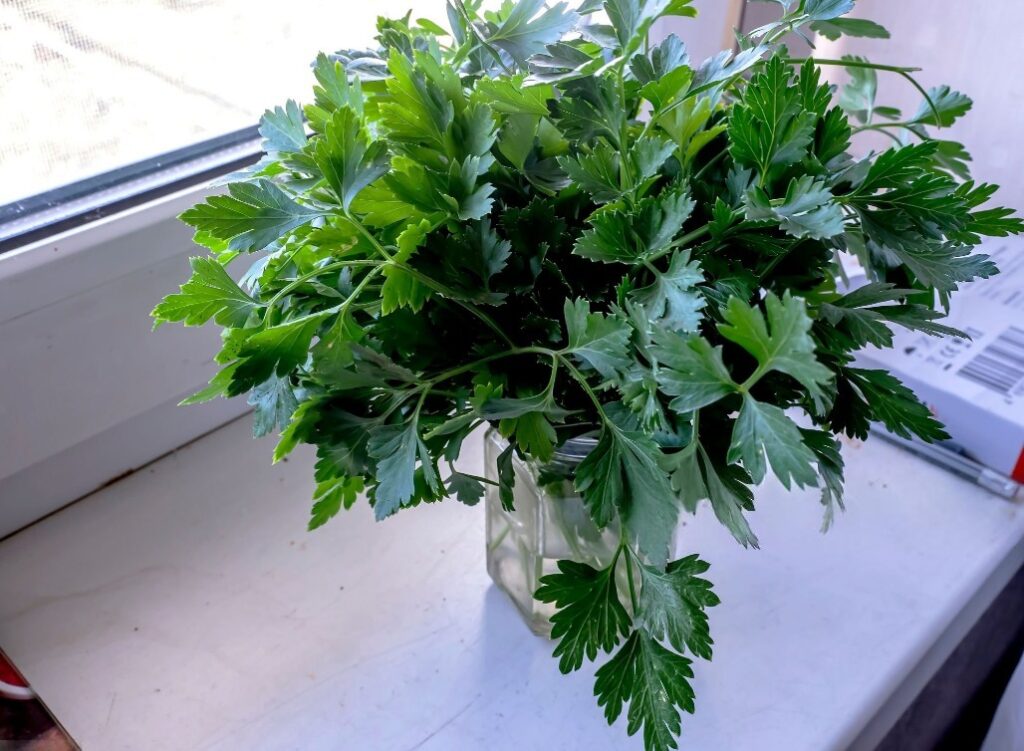
Cilantro adds freshness to salsas, curries, and salads. It grows quickly but doesn’t last long before going to seed. To keep cilantro handy, plant seeds every few weeks for a constant supply.
- Likes cooler indoor spots
- Needs 4–6 hours of sunlight
- Best grown in deep containers
Tip: Cut cilantro early and often before it starts flowering.
Dill – A Light and Delicate Indoor Herb
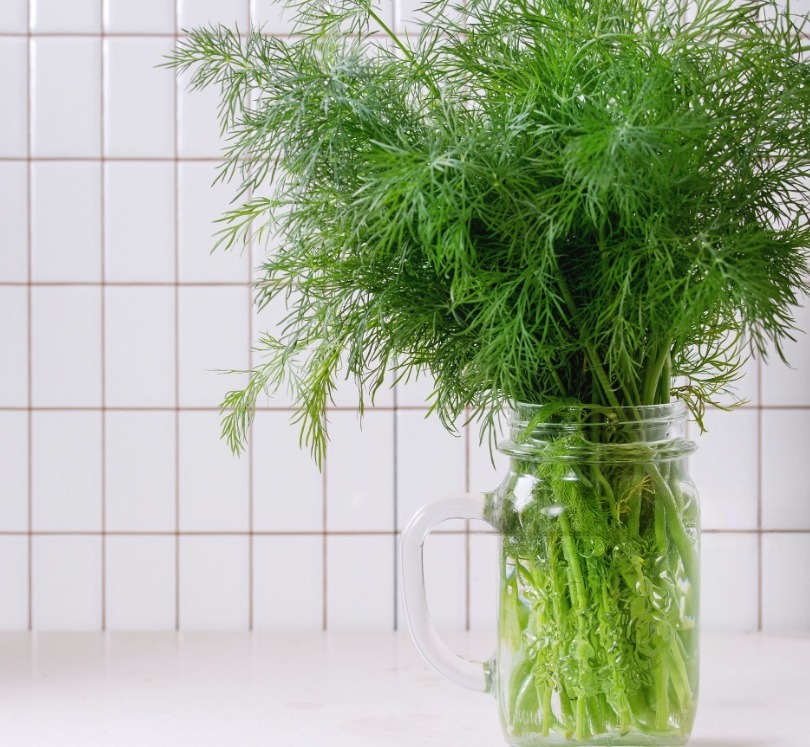
Dill is known for its feathery leaves and tangy flavor. It pairs beautifully with fish, potatoes, and pickles. Dill grows fast but doesn’t live long, so replanting is necessary.
- Needs full sunlight
- Prefers slightly moist soil
- Tall, so best for deeper pots
Tip: Harvest leaves before flowers form to keep flavor strong.
Check also Amazing Balcony Vegetable Garden Ideas for Beginners
Caring for Indoor Herbs on a Kitchen Windowsill
No matter which herbs you choose, they all need proper care:
- Watering: Only water when the soil feels dry on top.
- Drainage: Always use pots with holes to prevent water buildup.
- Spacing: Don’t crowd pots—airflow keeps plants healthy.
- Feeding: Use light fertilizer once a month to encourage growth.
Tip: Remove yellow or dead leaves quickly to keep plants disease-free.
Harvesting
Harvesting is the most rewarding part of growing herbs. Cutting small amounts regularly encourages more growth. Don’t take more than one-third of a plant at a time.
Tip: Morning is the best time to harvest because oils in the leaves are strongest.
Common Problems and Solutions
Even easy herbs face challenges. Here are quick fixes:
- Leggy plants? Not enough sunlight—move them closer to a window.
- Yellow leaves? Overwatering—let the soil dry before watering again.
- Slow growth? Soil may need nutrients—add light fertilizer.
- Drooping plants? Check for clogged drainage holes in pots.
Tip: Always check the soil before watering; don’t just stick to a schedule.
Final Thoughts on Easy-to-Grow Indoor for Herbs Kitchen Windowsill
Growing herbs indoors is one of the easiest ways to bring freshness into your kitchen. From basil and mint to rosemary and thyme, these easy-to-grow indoor herbs for kitchen windowsill favorites, make cooking fun and healthier. Start with just a few, and soon you’ll have a thriving green corner in your home.
Fresh, fragrant, and always within reach—herbs make your meals better and your home brighter.
FAQs on Easy to Grow Indoor Herbs for Kitchen Windowsill
Q1: Can you actually grow good indoor herbs on a kitchen windowsill?
Yes. Given enough sunlight, the right watering, and a good pot, herbs can grow indoors all year.
Q2: How frequently should I water herbs that are on a sunny windowsill?
Most herbs do need water when the soil feels dry to the touch at its surface. Do not over-wet roots.
Q3: Can I grow mixed herbs in one pot?
It’s more practical to grow herbs in individual pots as their water and light requirements vary. Mint, in particular, needs to be grown in isolation because it is very invasive.
Q4: What are the easiest herbs to grow for inexperienced gardeners?
The easiest ones will be basil, mint, and chives, since they grow quickly, need minimal care, and will continue producing new leaves.

